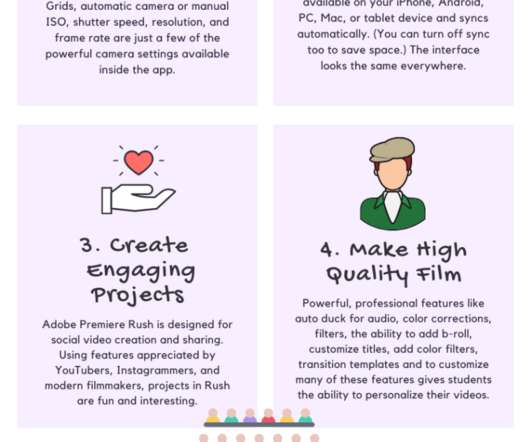Top 10 BYOD concerns — and how to overcome them [Part 2]
Neo LMS
OCTOBER 19, 2016
In the last week’s post I promised to address exactly 10 BYOD concerns that keep schools reluctant to allowing students to use their mobile devices in the classroom. Now I’ll move on to the next BYOD concerns: Top 10 BYOD concerns [Part 2]: 6. BYOD can lead to network overload.









































Let's personalize your content